4 Crucial Things to Know Before Bringing Home a Big Indoor Plant
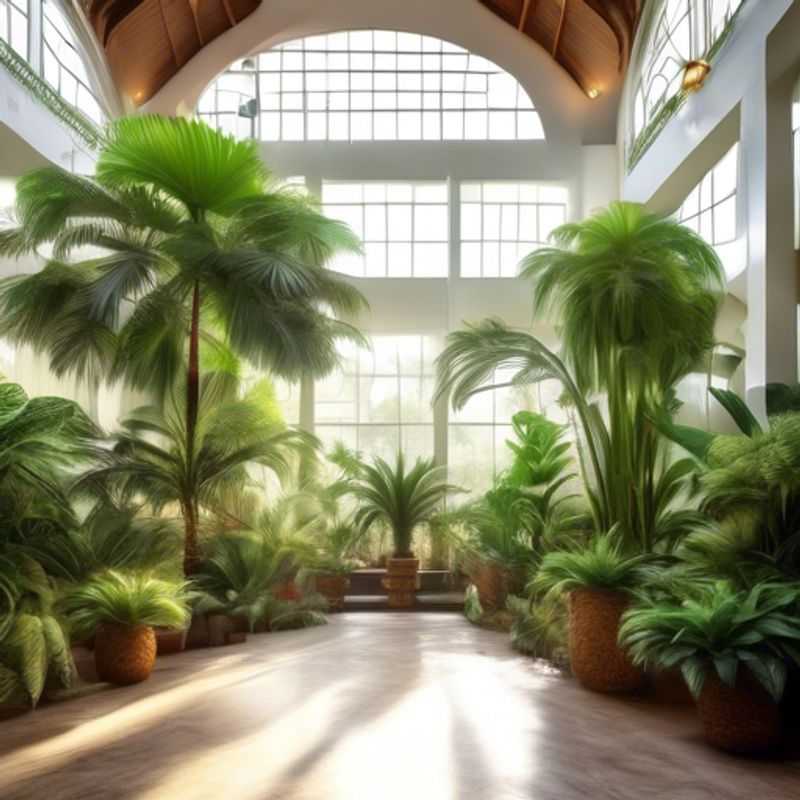
Measure Your Space, Understand Light Needs, Research Watering and Humidity Requirements, Be Prepared for Growth
Bringing the outdoors in with a large indoor plant can transform your home, infusing it with life and serenity. But before you bring home your leafy companion, there are a few crucial factors to consider.
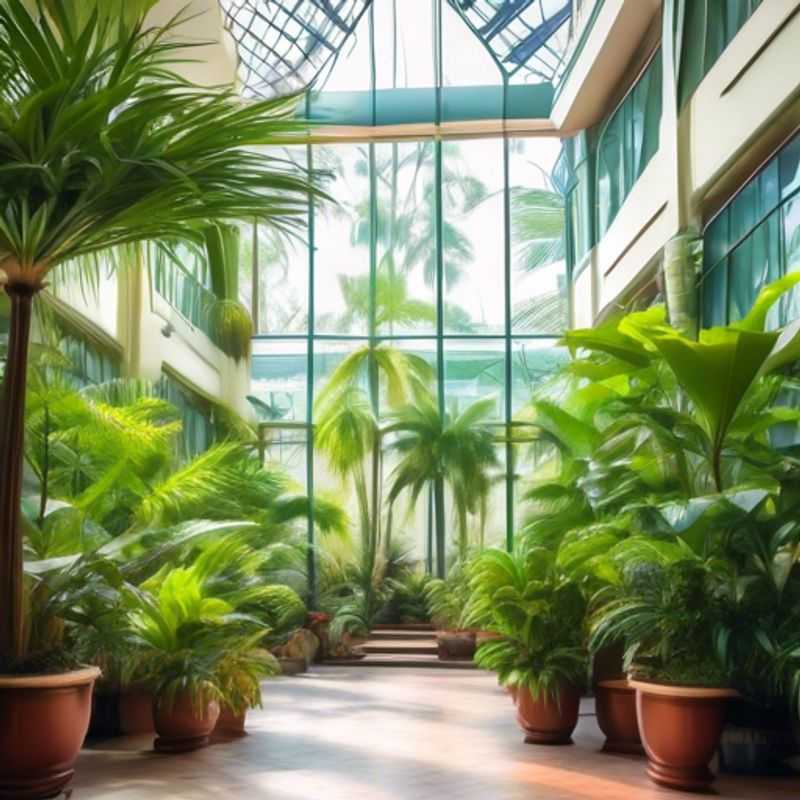
Measure Twice, Plant Once: How to Ensure Your Green Friend Has Enough Room to Thrive
Before bringing a new plant home, it's crucial to ensure you have enough space for it to thrive. Measure the area where you plan to place the plant, considering its mature size. This includes height, width, and depth. Remember that plants grow, so choose a spot that can accommodate their future dimensions.
Pay attention to the plant's light requirements. Does the chosen area receive enough sunlight? Some plants need direct sunlight, while others prefer shade. Consider the direction of windows and the amount of natural light they provide.
If you are unsure about the plant's size or light needs, consult a gardening expert or the plant's care label. They can provide valuable insights and help you make informed decisions.
Taking the time to measure and assess your space will prevent you from bringing home a plant that's too large or unsuitable for your environment. It ensures that your new plant has the best chance to flourish and add beauty to your home.
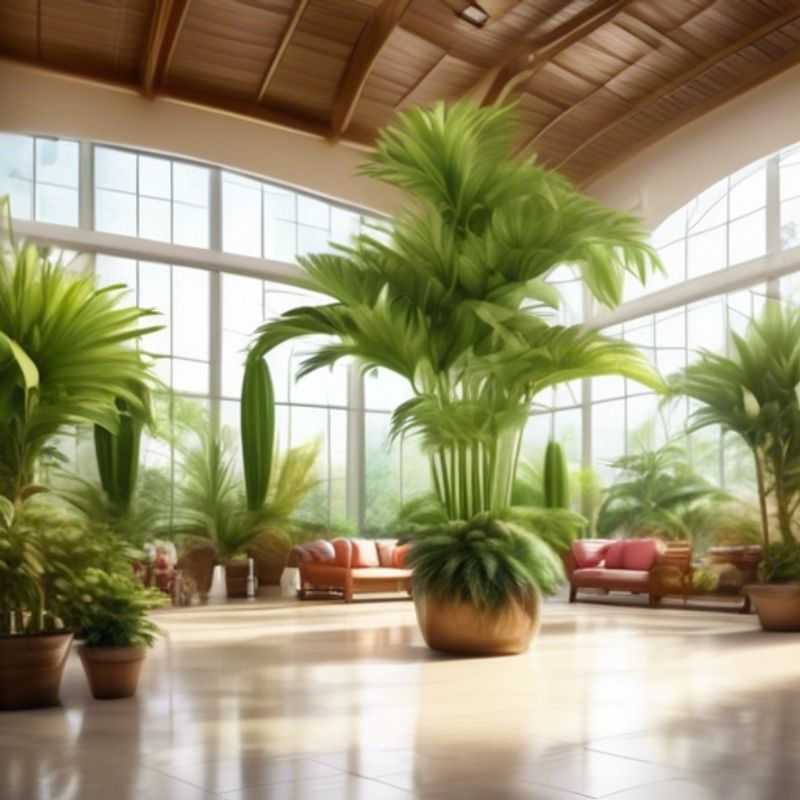
Light Up Your Garden: Choosing Plants Based on Their Sun Needs
Plants, like humans, need light to survive and thrive. But not all plants need the same amount of light. Some plants, like succulents, need lots of direct sunlight. Others, like ferns, prefer shade. When choosing a plant, it is important to consider the amount of light your home receives. If you are unsure about the light requirements of a plant, you can ask a gardening expert or look it up online.
Once you know the light requirements of your plant, you can choose a spot in your home that provides the right amount of light. If your home does not get enough natural light, you can use artificial lighting.
There are many types of artificial lighting available for plants. Some popular options include LED grow lights, fluorescent lights, and incandescent lights. When choosing artificial lighting, it is important to consider the wattage and the spectrum of light. Different plants require different wavelengths of light to grow properly. You can learn more about the specific light requirements of your plant online or from a gardening expert.
By providing the right amount of light, you can help your plants grow healthy and strong. With a little bit of research and planning, you can create a thriving indoor garden.
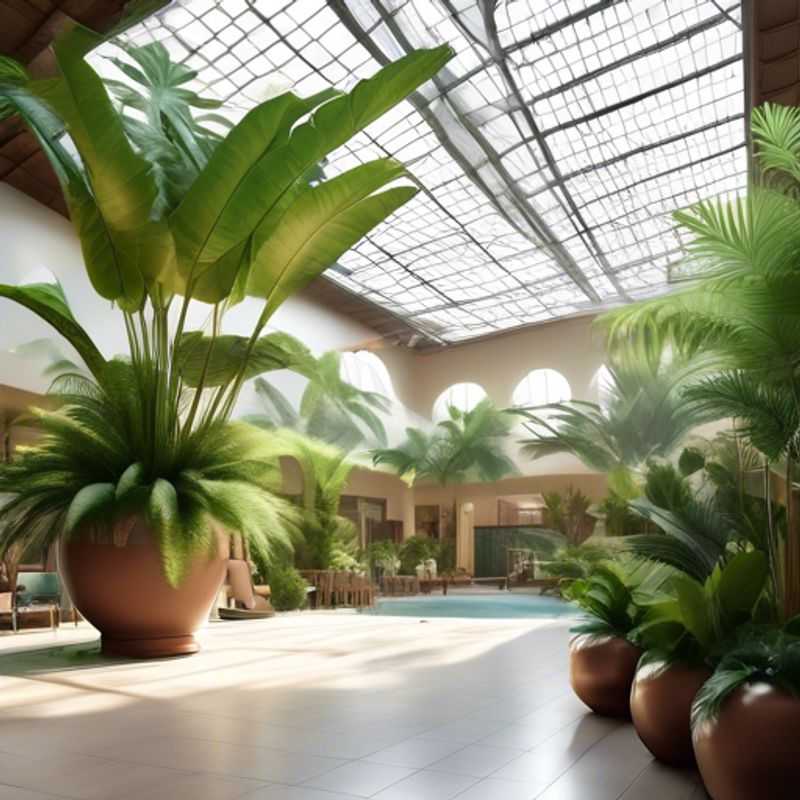
Unlocking Plant Happiness: Mastering Watering and Humidity
Understanding your plant's individual watering and humidity needs is crucial for its health and longevity. Just like humans, different plants have varying requirements. Researching your specific plant species is essential. There are numerous online resources, gardening books, and even mobile applications dedicated to this information.
Consider the environment your plant is in - humidity levels play a critical role. A humid environment generally requires less watering, whereas dry environments necessitate more frequent watering. However, overwatering is equally detrimental to underwatering. It's better to let the soil slightly dry out between waterings.
Signs of overwatering include wilting leaves, yellowing, and a mushy stem. If you notice these symptoms, adjust your watering schedule and ensure proper drainage. Similarly, signs of underwatering include dry, crispy leaves, browning tips, and soil that feels hard and dry to the touch.
Invest in a moisture meter if you're unsure. These devices provide a direct reading of the soil's moisture content, helping you make informed watering decisions. Remember, providing your plants with the right amount of water and humidity is key to their flourishing.
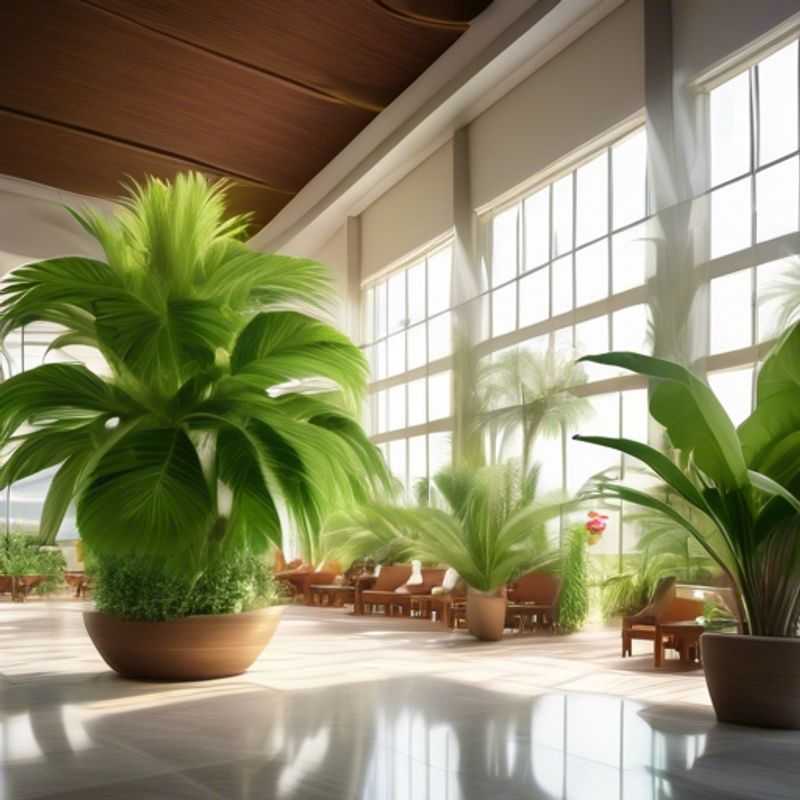
Plan Ahead: Choosing the Right Plant for Your Space
Before bringing a plant home, it's crucial to consider its potential size and weight. This is especially important for larger plants or those that grow quickly. Understanding the plant's mature size helps determine if it will fit in your chosen location and if the supporting structure can handle its weight. Factors such as pot size, soil type, and light conditions all influence a plant's growth and can contribute to its eventual size and weight. Additionally, you'll want to factor in the costs associated with repotting, fertilizing, and any other potential maintenance needs as the plant grows.
